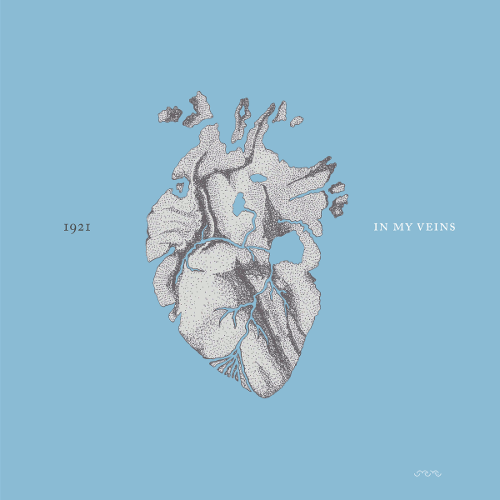 Gargoyles are odd little things; like a lot of Christian ephemera they’re reminders of the impure relationship between the faithful and the spirit realm.
Gargoyles are odd little things; like a lot of Christian ephemera they’re reminders of the impure relationship between the faithful and the spirit realm.
In Catholicism, the church is a woman to whom the priest is married, hence their continued spurious and damaging homophobia within that institution. The major distinction between a gargoyle and a grotesque, legendarily, is that a gargoyle acts as guttering, a means of redirecting water, while the grotesque is a more desiccated figure. The church-as-woman metaphor persists there in that all bodily functions are contained and distributed through profane orifices.
Gargoyles are not exclusive to Christian traditions, but I’ve not done my research on that.
Of late, Diamanda Galás has been a busy bee. Bees aren’t very goth. She’s been a busy bat. Without going into dreary detail, she’s reclaimed the rights to a bunch of earlier recordings and seems to be in the process of renewing her catalogue. On a political level, that’s great; on a personal level, that means we’re getting a bunch of out of print stuff back on the shelves (however virtual those shelves are). This work is new, in that context — though it’s largely realised in 2020, parts of it were recorded back in 2012. This is important detail, because my initial thoughts were that in the process of listening to Litanies Of Satan (1982) she thought, “that was a thread I didn’t pick at enough”.So just to re-iterate that last point — this is an excruciating record. While the ‘typical’ (per se) Galás album of the last while has been exquisitely realised tapestries of terroristic vocalisations over conventional songform, Broken Gargoyles is… not that. I’m not sure what it is. I mean you can hear what it is in that it’s a collage of sounds, largely vocalisations, all carefully recorded, interspersed with a very typically Galásian rendering of Georg Heym poems. I don’t think that relatively flat description gets to the core of quite how unsettling this is.
With a more song-based Galás record, you’re more like to have vocal lines extended (and distended) only so far as Galás can breathe; here there’s plenty of manipulation such that her voice is rendered super-human. Dynamic range is a lot broader, in that collage typically allows for a greater discontinuity and abruption than songform might (though of course if anyone has challenged that assumption, it’s Galás).Unlike the other heavily vocalese-centric record of hers with which I’m familiar (Litanies…) this is less of a sustained assault, and more of a surgeon’s precision. I’m not sure if that’s reflective of her age — there certainly aren’t many other musicians clawing out their audience’s eyeballs in such fashion — but this is a record that certainly reflects not just an artist’s talent (that voice), but also reflects her understanding of sound as a material, recording as a process.
I don’t think I’ll listen to this record very often, but it will take pride of place as a categorical renewal of disturbing and upsetting sounds. Peerless.-Kev Nickells-



